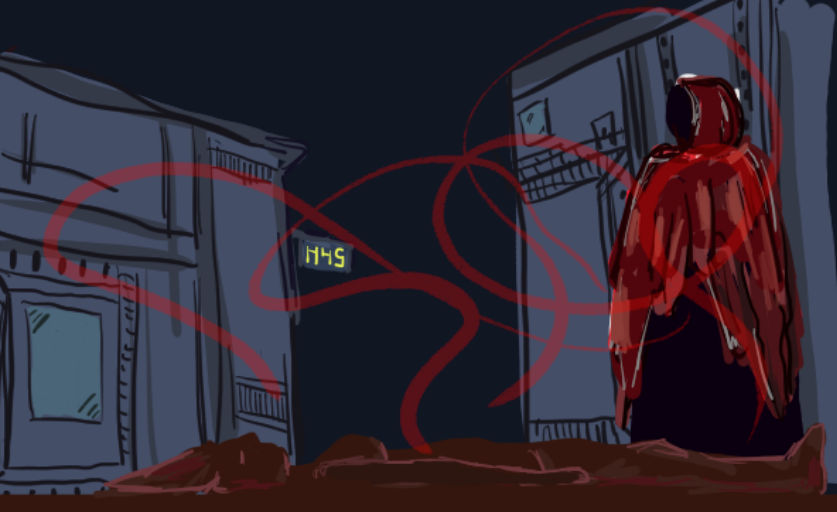Elements And Their Uses
There are over 120 known elements in the Yonderverse, many still to be discovered. They play a massive effect on how the Yonderverse operates, each element being used in unique ways.
Helium
Helium is lighter than most planet's atmospheres, and being inert, colourless, odourless, tasteless, makes them excellent for artificial floating devices, such as balloons. Helium is used in cryogenics - helium is used to hold organisms in suspension for extended periods of time, by literally freezing them at incredibly low temperatures.
The act of preserving things in frozen chambers is a common one in the scientific community. It is great for studying animals up close, in environments where they pose no threats. Many organisms are preserved in cryogenic chambers to maintain their species for as long as possible - the copying of their DNA is a slow process, and said DNA is used to create identical copies of the animal.
Fluorine
Neon
On its own, neon is a colourless, odorless, inert gas. Inside a vacuum discharge tube neon glows a bright reddish/orange. Liquefied neon is used in commercial cryogenic chambers that don't need to reach the lowest temperatures accessible with helium. Neon is most commonly used in lighting and signage.
Chlorine
Argon
Inside a vacuum discharge tube argon glows a bright lilac/violet.
Bromine
Krypton
Inside a vacuum discharge tube krypton glows a bright whitish colour. Krypton is used in lighting and photography.
Iodine
Iodine is important for the body, helping to make thyroid hormones. It is also used to make purple dyes, and to identify starch in foods.
Xenon
Inside a vacuum discharge tube xenon glows a bright blue. Xenon can be used as a general anaesthetic.
Lanthanum
Cerium
Praseodymium
Neodymium
Promethium
Samarium
Europium
Gadolynium
Terbium
Dysprosium
Holmium
Erbium
Thulium
Ytterbium
Lutetium
Astatine
Radon
Actinium
Thorium
Protactinium
Uranium
Neptunium
Plutonium
Americium
Curium
Berkelium
Californium
Einsteinium
Fermium
Mendelevium
Nobelium
Lawrencium
Tennesine
Oganesson
Unlike other noble gases, oganesson is extremely reactive, and a solid at room temperature. Inside a vacuum discharge tube (and when a gas), neon glows a bright yellow. It is extremely rare in nature, only found in the core of very few gas giant planets, and is more commonly synthesized in experiments.









I am so looking forward to this. It's so cool with so many facts already, it is going to be amazing when it is done! Blood as an element made me laugh
Explore Etrea
Yaaaaay! I can't wait to have this article complete <33